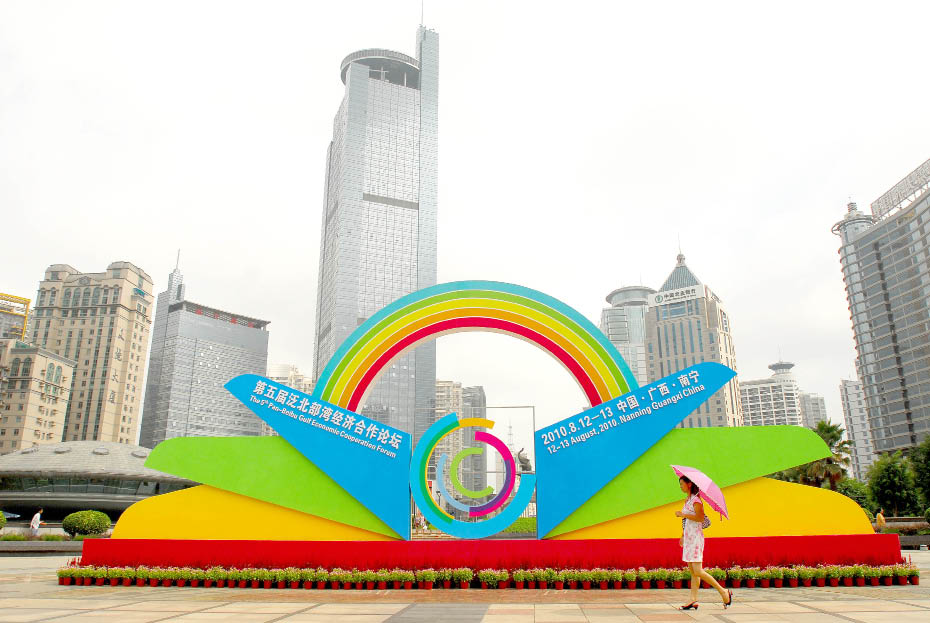By staff reporter JIAO FENG


| Newsmore | ||||||
|
| Culturemore | ||||||
|
| Tourismmore | ||||||
|
| Economymore | ||||||
|
| Lifemore | ||||||
|
| Around Chinamore | ||||||
|
| Economy |
| China-ASEAN: Phenomenal Growth in Trade and Investment By staff reporter JIAO FENG
 The Fifth Pan-Beibu Gulf Economic Cooperation Forum opened on August 12, 2010 in Nanning, capital of Guangxi Zhuang Autonomous Region.China Foto Press THE Fifth Pan-Beibu Gulf (PBG) Economic Cooperation Forum opened on August 12 this year in Nanning, capital of southwestern China’s Guangxi Zhuang Autonomous Region. More than 400 politicians, scholars and entrepreneurs from China, Vietnam, Malaysia, Singapore, Indonesia, Philippines and Brunei participated. The PBG Economic Cooperation Forum is an important part of the China-ASEAN cooperation framework. Since the official launch of the China-ASEAN Free Trade Area early this year, trade and investment between the two sides have grown rapidly, with their total trade volume amounting to US $136.5 billion, a year-on-year increase of 55 percent. In 2009 China’s trade volume with PBG members reached US $208.4 billion, representing 97.8 percent of its total trade volume with ASEAN countries. Though China and ASEAN countries are fiercely competing for export business and foreign investment, this detracts little from the complementary nature of their economies, a complementarity that is of major importance for developing bilateral economic and trade relations and a crucial foundation for widening the fields of cooperation between them. The World’s Largest Free Trade Zone The China-ASEAN Free Trade Area is a successful explorative effort in the area of regional cooperation, created in the context of economic globalization and regional economic integration. The world’s largest free trade zone, it covers 1.9 billion people and boasts a production value of US $6 trillion and a trade volume of US $4.5 trillion. Its launch marked the beginning of a new era in China-ASEAN economic and trade relations. As tariff and non-tariff barriers between China and ASEAN are gradually removed, and as trade in goods and services and investment markets opened to each another, China and ASEAN have experienced a continuous increase in mutual trade and direct investment, seen improvement in their trade structures and expanded areas of economic cooperation. Following the inauguration of the FTA, the countries of China, Brunei, Philippines, Indonesia, Malaysia, Thailand and Singapore have realized zero tariffs on more than 90 percent of their products. By 2015, China will reach the same free-trade level with Vietnam, Laos, Cambodia and Myanmar. According to China’s Vice Minister of Commerce Yi Xiaozhun, the China-ASEAN FTA is a win-win arrangement. After full consideration of the economic development levels and market capabilities of the signature countries, China and ASEAN countries have effectively elevated the scale and level of their economic and trade cooperation. Their efforts, including the expansion of market access and the whittling away of trade and investment barriers, have had a positive effect on economic and trade development in ASEAN countries. |
| VOL.59 NO.12 December 2010 | Advertise on Site | Contact Us |